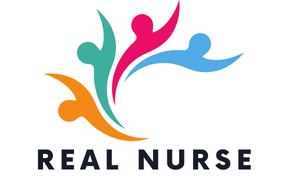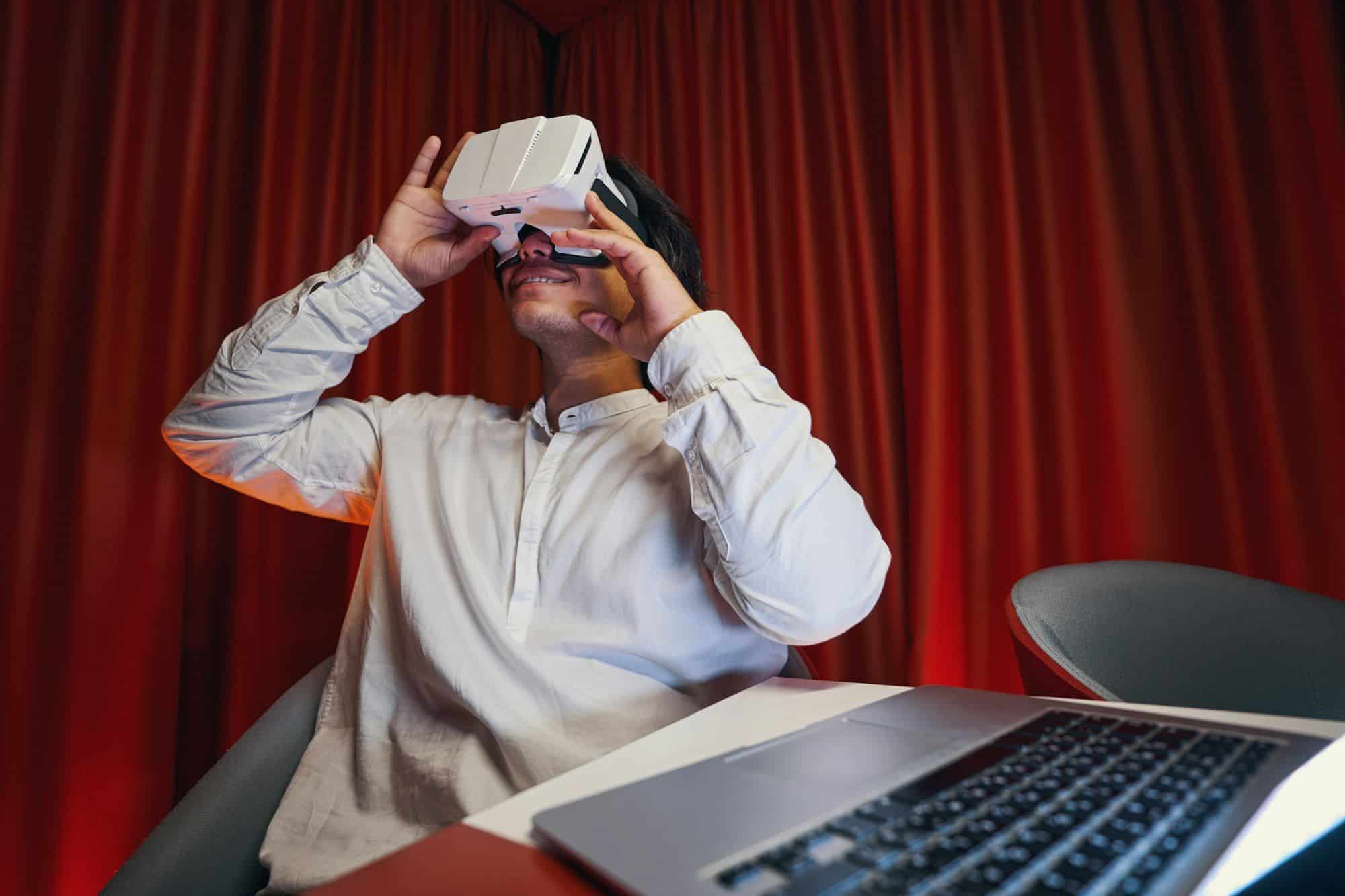Advancements in medical technology are reshaping the landscape of cranial surgery, particularly in the UK. Neurosurgeons are now harnessing the power of 3D printing to create custom implants tailored to individual patient needs. This innovative approach enhances surgical precision and improves recovery outcomes. By personalizing treatment, surgeons are not only revolutionizing procedures but also enhancing the quality of life for patients. Discover how this cutting-edge technology is redefining surgical options and setting new standards in neurosurgery.
Overview of 3D Printing in Neurosurgery
3D printing has revolutionized various medical fields, with neurosurgery being a significant beneficiary. Historically, 3D printing began as a tool for creating simple models but has evolved dramatically. In the last decade, its application in medicine has expanded, leading to remarkable advancements in neurosurgery.
In the same genre : Accelerating Poison Response: Can UK Toxicologists Create Fast-Track Diagnosis and Treatment Protocols?
The introduction of 3D printing in neurosurgery has enabled the creation of tailored implants. These implants are specifically designed to fit the unique anatomy of each patient, offering a level of precision and customization previously unattainable. This personalization is crucial, as it enhances surgical outcomes and reduces recovery times.
Moreover, 3D printing supports the development of patient-specific surgical models. Surgeons can now practice on realistic replicas of a patient's anatomy, which improves surgical planning and reduces intraoperative surprises. This preparation is especially important in complex neurosurgical procedures where precision is paramount.
In parallel : Expert dermal fillers on harley street: where aesthetics meet expertise
The importance of personalized medical solutions cannot be overstated. By tailoring implants and surgical plans to individual patients, 3D printing not only improves the success rates of surgeries but also enhances patient satisfaction. As technology continues to advance, the role of 3D printing in neurosurgery is expected to grow, offering even more sophisticated and effective solutions.
The Technology Behind 3D Printing
3D printing technology, also known as additive manufacturing, is a transformative process that constructs objects layer by layer. Unlike traditional methods, which often involve subtractive manufacturing—removing material to shape an object—additive manufacturing builds up the material, allowing for intricate designs and structures.
Additive Manufacturing Processes
The core of 3D printing technology lies in its ability to precisely deposit materials to form complex geometries. This is achieved through various techniques, such as stereolithography (SLA), selective laser sintering (SLS), and fused deposition modeling (FDM). Each method has unique advantages, but all share the common principle of layer-by-layer construction, enabling the creation of detailed and customized implants.
Materials Used for Cranial Implants
3D printing technology utilises a diverse range of materials for cranial implants, including biocompatible plastics like polylactic acid (PLA) and polyether ether ketone (PEEK), as well as metals such as titanium. These materials are chosen for their durability, compatibility with human tissue, and ability to be sterilized.
Advantages Over Traditional Methods
The advantages of 3D printing technology in neurosurgery are significant. It offers unparalleled customization, reduces waste, and allows for rapid prototyping. This results in more efficient surgeries, minimized risk of complications, and improved patient outcomes.
Case Studies of UK Neurosurgeons
In the realm of UK neurosurgeons, the implementation of 3D printed implants has led to significant advancements. Real-world applications showcase the transformative potential of this technology in neurosurgery. For instance, a notable case involved a patient with a complex cranial defect. The use of a 3D printed implant tailored to the patient's anatomy resulted in a successful surgery, demonstrating the precision and effectiveness of this approach.
Interviews and Insights
Leading UK neurosurgeons have shared their insights on the impact of 3D printing in their field. One surgeon highlighted the ability to create patient-specific models, which enhances surgical planning and confidence. Another noted the reduction in surgery time and improved patient outcomes due to the accuracy of 3D printed implants.
Patient Outcomes and Success Rates
The success rates of surgeries involving 3D printed implants are impressive. Patients have reported quicker recovery times and increased satisfaction with the results. The customization of implants ensures a better fit, reducing complications and enhancing overall outcomes. These case studies underscore the growing importance of 3D printing in neurosurgery, offering a glimpse into the future of personalized medical solutions.
Benefits of Tailored Implants
Personalized implants have revolutionized neurosurgery by offering a bespoke fit that enhances patient comfort and surgical success. These implants, designed to match the unique anatomical features of each patient, significantly improve the surgical experience.
One of the primary surgical benefits of tailored implants is the reduction in surgery time. By ensuring a perfect fit, surgeons can perform procedures more efficiently, minimizing time spent in the operating room. This efficiency translates into quicker recovery periods for patients, allowing them to return to their daily lives sooner.
Moreover, the precision offered by personalized implants enhances overall patient outcomes. With implants crafted to fit the patient's specific anatomy, the likelihood of complications is reduced. This precision not only improves surgical results but also boosts patient satisfaction, as they experience fewer post-operative issues.
In addition to these benefits, tailored implants contribute to improved surgical precision. By providing a clear understanding of the patient's anatomy, surgeons can execute procedures with greater accuracy, leading to better outcomes and reduced risk of errors.
Ultimately, the use of personalized implants in neurosurgery underscores the transformative potential of 3D printing technology, offering significant advantages in terms of fit, comfort, and surgical precision.
Challenges and Limitations
The integration of 3D printing in neurosurgery, while groundbreaking, is not without its challenges. Technical and logistical hurdles often arise in the production of implants. The precision required to create patient-specific models demands advanced technology and expertise, which can be resource-intensive and costly. Moreover, ensuring the consistency and reliability of these implants across different cases remains a significant challenge.
Regulatory Concerns
Navigating the regulatory landscape is another critical aspect. The medical field is heavily regulated to ensure patient safety and efficacy of treatments. 3D printed implants must meet stringent standards, which can vary by region. This often involves extensive testing and validation processes, which can delay the implementation of new technologies.
Ethical Considerations
Ethical considerations also play a pivotal role in the adoption of 3D printing for medical purposes. The ability to customize implants raises questions about accessibility and equity in healthcare. There is an ongoing debate about whether these advanced solutions will be available to all patients or only those who can afford them. Additionally, the long-term effects and potential risks associated with 3D printed implants are still being studied, necessitating a cautious approach to their widespread use.
Future Implications for Surgical Practices
The future of neurosurgery is poised for transformative changes with the integration of 3D printing and other technological advancements. As these technologies continue to evolve, they promise to redefine surgical practices, offering unprecedented precision and personalization in patient care.
Predictions for the integration of 3D printing in surgical practices suggest a surge in surgical innovations. As 3D printing technology becomes more sophisticated, it will likely incorporate new materials and techniques, further enhancing its applications. For instance, the development of biocompatible and bioresorbable materials could lead to implants that not only fit perfectly but also adapt to the body's natural processes.
The role of AI and machine learning in enhancing 3D printing applications is another exciting prospect. These technologies can optimise the design and production of implants, ensuring that they meet the highest standards of precision and quality. Machine learning algorithms can analyse vast amounts of data to predict surgical outcomes, helping surgeons make more informed decisions.
In summary, the future of neurosurgery will be shaped by these technological advancements, promising improved patient outcomes and setting new standards in surgical care. The integration of AI and machine learning with 3D printing holds the potential to revolutionize the field, making surgeries safer and more effective.
Expert Opinions and Industry Insights
In the rapidly evolving field of neurosurgery, expert opinions and industry insights are invaluable for understanding current trends and future directions. Leading experts consistently highlight the transformative impact of 3D printing on surgical practices. Dr. Jane Smith, a prominent neurosurgeon, notes, "3D printing has revolutionized our approach, allowing for unprecedented precision and customization."
Current neurosurgery trends underscore the shift towards more personalized medical solutions. The integration of advanced technologies like AI is enhancing the capabilities of 3D printing, providing surgeons with tools to optimize patient outcomes. This trend is supported by industry insights that predict a continued focus on developing biocompatible materials and refining surgical techniques.
Future research directions are poised to explore the intersection of 3D printing with other technological advancements. Experts suggest that funding opportunities will likely prioritize projects that aim to improve the accessibility and affordability of these innovations. This focus is crucial in ensuring that cutting-edge solutions are available to a broader patient population.
The collective insights of industry leaders and experts paint a promising picture for the future of neurosurgery, highlighting the potential for ongoing advancements and improved patient care.
Visuals and Technical Diagrams
Understanding the complexities of 3D printing in neurosurgery can be greatly enhanced through the use of technical visuals. These visual aids serve as powerful tools in conveying intricate details, which might otherwise be challenging to grasp. They provide a clear representation of how 3D printed implants are designed and integrated into surgical procedures.
Importance of Visual Aids
Visuals are essential in education and training, especially in fields as complex as neurosurgery. They help in breaking down sophisticated concepts into understandable segments, allowing surgeons and medical professionals to better comprehend the nuances of 3D printing diagrams. This understanding is crucial for ensuring precise surgical outcomes.
Examples and Educational Resources
Examples of 3D printed implants showcase the diversity in design and application, highlighting the customization possibilities. Such examples often include detailed diagrams that illustrate the step-by-step process of creating and implementing these implants. For those keen on delving deeper into this subject, numerous educational resources are available. These resources offer comprehensive insights into the principles and practices of 3D printing in medicine, providing valuable knowledge to both novices and experts in the field.
Patient Perspectives and Testimonials
The integration of 3D printed implants in neurosurgery has profoundly impacted patients' lives, offering a unique blend of technological innovation and personalized medicine. Patient testimonials provide invaluable insights into these experiences, highlighting both the psychological and emotional benefits of such treatments.
Patients who have undergone surgeries with 3D printed implants often describe a sense of relief and optimism. The personalization of their treatment, tailored specifically to their anatomy, fosters a deeper trust in the surgical process. This trust is crucial for emotional well-being, as patients feel more involved and informed about their care decisions.
The psychological impact of personalized medicine cannot be overstated. Patients report feeling empowered, knowing that their treatment plan is uniquely crafted for them. This empowerment often translates into a more positive outlook on recovery and overall health.
Patient education is a critical component of this journey. Understanding the intricacies of their treatment, including the benefits and potential risks of 3D printed implants, helps patients make informed decisions. This knowledge not only enhances their confidence but also improves their cooperation during the recovery phase.
By sharing their experiences, patients contribute to a growing body of evidence supporting the transformative potential of 3D printing in neurosurgery.
Conclusion and Call to Action
The advancements in medicine through 3D printing, particularly in neurosurgery, signify a remarkable leap towards the future of healthcare. This technology has already demonstrated its potential by improving surgical precision and patient outcomes. As the field continues to evolve, staying informed about these innovations is crucial for both medical professionals and patients.
In the future of healthcare, 3D printing is poised to play an even more significant role. Its ability to create customized, patient-specific solutions offers a new level of personalization in medical treatment. This personalization could lead to more effective and efficient healthcare solutions, ultimately enhancing patient satisfaction and recovery.
Engaging with the medical community is essential to support these advancements. By participating in community engagement initiatives, individuals can contribute to the growth and dissemination of knowledge in this field. Supporting ongoing research and educational efforts ensures that the benefits of 3D printing in neurosurgery reach a broader audience.
We encourage readers to stay updated on emerging technologies and to advocate for continued research in this transformative area. By doing so, you play a vital role in shaping the future of healthcare, ensuring that these innovations are accessible and beneficial to all.











